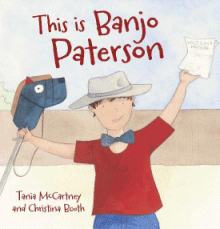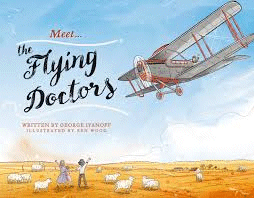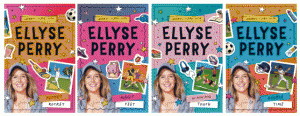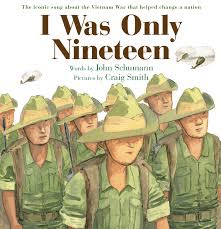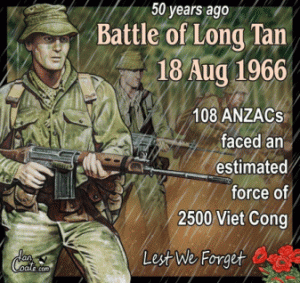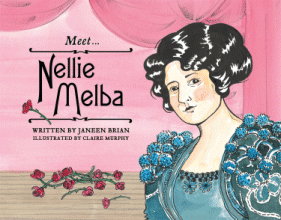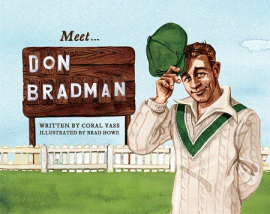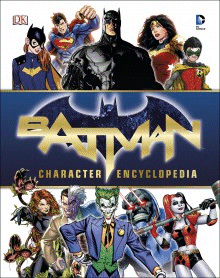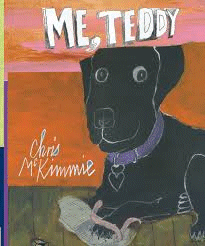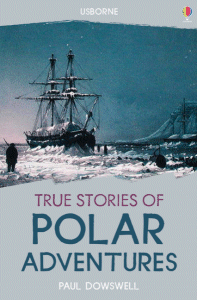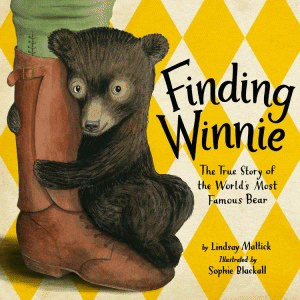This is Banjo Paterson
Tania McCartney
Christina Booth
NLA Publishing, 2017
40pp., hbk., RRP $A24.99
9780642278982
The final verse of one of Australia’s most iconic poems reads…
And down by Kosciuszko, where the pine-clad ridges raise
Their torn and ragged battlements on high,
Where the air is clear as crystal, and the white stars fairly blaze
At midnight in the clear and frosty sky,
And where around The Overflow the reed beds sweep and sway
To the breezes, and the rolling plains are wide,
The man from Snowy River is a household word today,
And the stockmen tell the story of his ride.
But what is also “a household word today” is the name of the man who wrote those words – A. B. (Banjo) Paterson.
In this brand new book, written and illustrated especially for younger readers, Tania McCartney and Christina Booth tell the story of a man whose legacy of stories of life in the Australian bush told in rich, evocative language and distinctive rhyme and rhythm lives on more than 150 years since his birth.
Born on February 17 1864 and named Andrew Barton Paterson he was known to his family and friends as Barty, the eldest of seven children in a typical rural Australian family of the time. He grew up with a deep love of horses, particularly one called Banjo, and even when he moved to the city to attend high school and later become a journalist and a war correspondent, he never lost his love of the bush.
There is more than a hint of truth in the words of Clancy of the Overflow…
I am sitting in my dingy little office, where a stingy
Ray of sunlight struggles feebly down between the houses tall,
And the foetid air and gritty of the dusty, dirty city
Through the open window floating, spreads its foulness over all…
And I somehow rather fancy that I’d like to change with Clancy
Like to take a turn at droving, where the seasons come and go…
But the focus of this book is not Paterson’s poems but his life, particularly that of his childhood and the influences and circumstances that shaped him, his writing and his subsequent place in our literature, history and hearts. Tania has drawn on a plethora of rich research material, much of it held in the National Library of Australia, to present this story so that even this year’s Kindy kids who may well be learning the words of Waltzing Matilda for the very first time, can be inspired to not only know about the person who wrote them but also to see that they weren’t created overnight by a grown-up who just decided to write them,. Instead it was the stuff of the poet’s childhood and the things he learned as he grew up that made him able to write so richly, and maybe they can acknowledge their own talents and build on them. Perhaps, even at their young age they are good at words or drawing or making things and they can follow that passion now – they don’t have to wait to be a grown-up.
“Even children in early education need to be exposed to inspiring and life-altering stories of real life people that once so deeply affected–and continue to do so–our lives, our history and where we are going.” (McCartney, 2017)
What sets this book apart from others on the same topic and with a similar audience is the parallel visual storyline that accompanies it in Christina’s watercolour illustrations. These are not just mere depictions of Paterson’s life that add a visual element to the words – these add extra layers to the words by showing kids of the 21st century playing in the backyard and doing the modern-day equivalent of what Banjo would have done in his time. Drawing on their own childhoods (and that of nearly every other child in the world), McCartney and Booth went back to the world of dress-ups, role-play and story-telling, further underlining the concept that this is as much a story of the reader’s life and dreams as it is that of Paterson’s. Immediately there is a connection not just between prose and illustration but also between creators and reader, a connection that is vital to engage the mind and the imagination and the what-if. (You can read more of the thinking behind the illustrations here.)
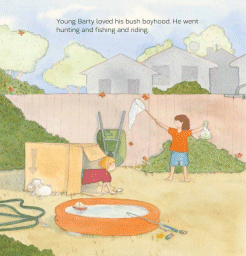
A peek inside…
The first collaboration between McCartney and Booth was This is Captain Cook and I venture to say that this will be as well-received and as successful. As well as the factual material and excerpts from poems that are included at the back (as is common with books published by the National Library), Tania is currently running a virtual launch of the book on her blog where the backstory of the book’s creation is being told. Day 6 includes links to some great resources as well as comprehensive teachers’ notes linked to the K-3 Australian Curriculum There is also a free real-life launch at the NLA in Canberra on February 11 or for those not near the national capital you can join Tania on Periscope on Friday 17 February at 1pm AEDST, where she will be chatting about the book live from the National Library, and showing various priceless Banjo Paterson items, along with original artwork by Christina Booth!
And, as an added extra, for those of you are fans of Paterson and his work there is the Banjo Paterson Australian Poetry Festival in Orange, NSW from February 16-26, 2017 or you can visit his childhood home.
